Temple Press War Planes
“War Planes” aircraft recognition playing cards published by Temple Press Limited, c.1940.
Aircraft recognition was first developed between the First and Second World wars when aerial warfare was first recognised as a future threat. “War Planes” card game as an aid for aircraft spotting was published by Temple Press Limited at the start of WW2, c.1940. The set contains 65 cards illustrating five different views of British RAF and German Luftwaffe aircraft, including technical specifications, plus two flag key cards making a total of 67 cards. In addition to being used to learn aircraft recognition, fifty-two of the cards have standard suit symbols and indices enabling the pack to be used for playing most card games.
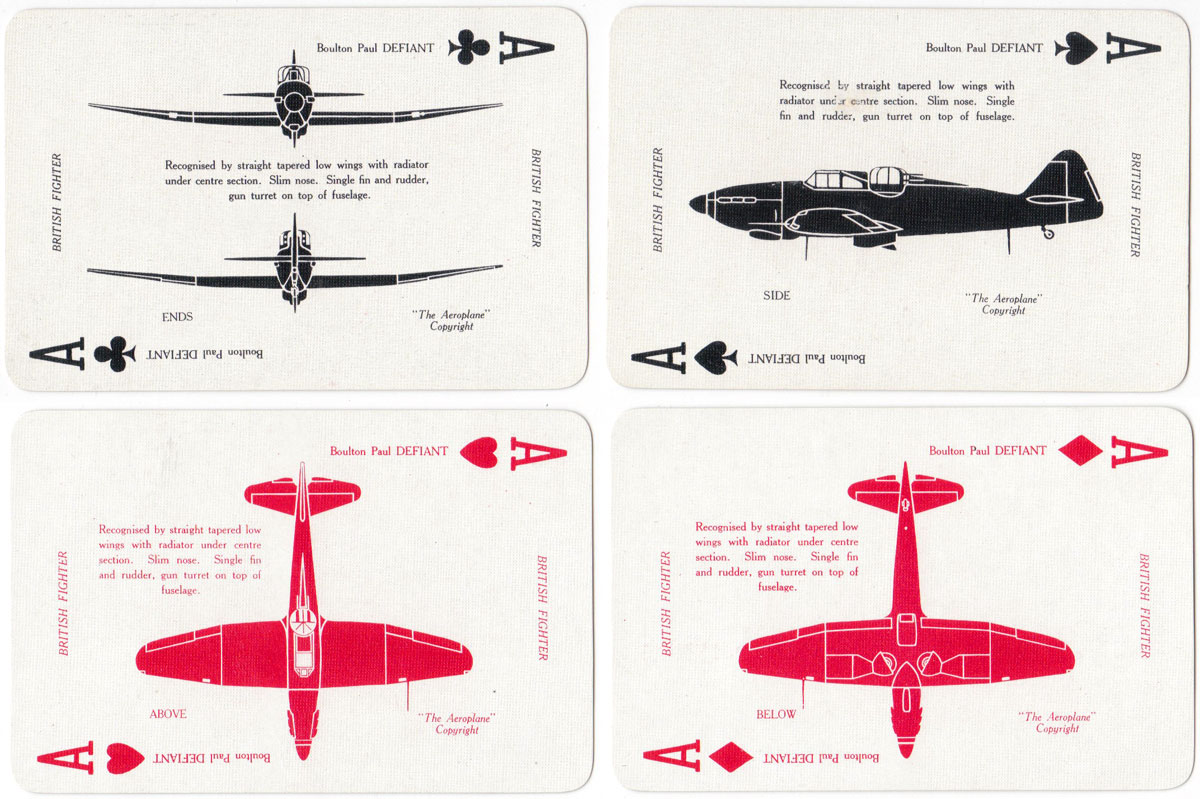
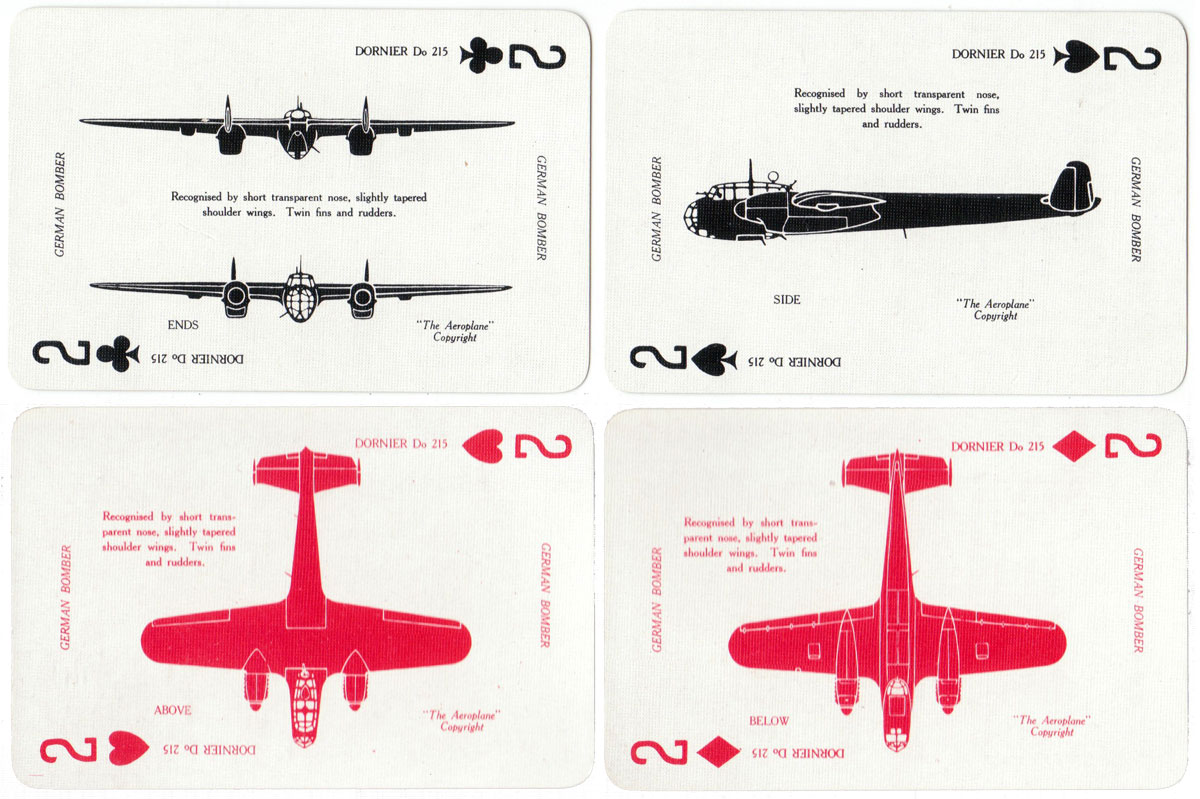

Above: “War Planes” card game for aircraft spotters published by Temple Press Limited, c.1940. 67 cards + rules booklet in box.
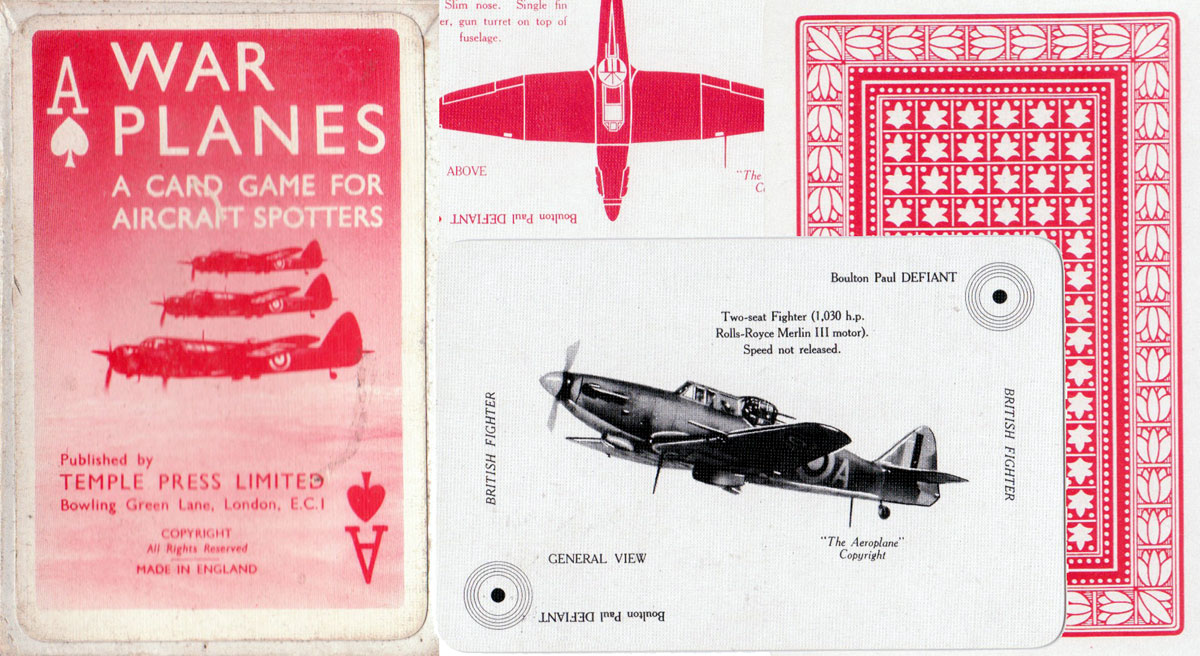
Note from Roddy Somerville
Here are scans of the booklet which accompanies the War Planes set from Temple Press.

By Rex Pitts (1940-2021)
United Kingdom • Member since January 30, 2009
Rex's main interest was in card games, because, he said, they were cheap and easy to get hold of in his early days of collecting. He is well known for his extensive knowledge of Pepys games and his book is on the bookshelves of many.
His other interest was non-standard playing cards. He also had collections of sheet music, music CDs, models of London buses, London Transport timetables and maps and other objects that intrigued him.
Rex had a chequered career at school. He was expelled twice, on one occasion for smoking! Despite this he trained as a radio engineer and worked for the BBC in the World Service.
Later he moved into sales and worked for a firm that made all kinds of packaging, a job he enjoyed until his retirement. He became an expert on boxes and would always investigate those that held his cards. He could always recognize a box made for Pepys, which were the same as those of Alf Cooke’s Universal Playing Card Company, who printed the card games. This interest changed into an ability to make and mend boxes, which he did with great dexterity. He loved this kind of handicraft work.
His dexterity of hand and eye soon led to his making card games of his own design. He spent hours and hours carefully cutting them out and colouring them by hand.

Leave a Reply
Your Name
Just nowRelated Articles
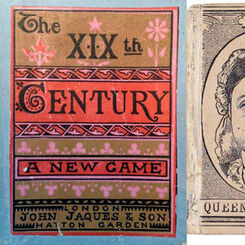
XIXth Century
The XIXth Century published by John Jaques & Son, c.1875.

Fancy Dress Ball
Spear’s “Fancy Dress Ball” card game with children dressed in period costumes, 1930s.
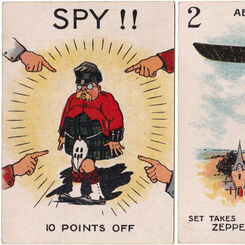
Spy
Spy card game published by Valentine’s Games, c.1915.
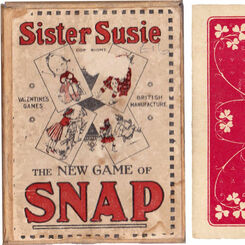
Sister Susie Snap
Sister Susie Snap published by Valentine & Sons Ltd, c.1915.

Who’s Who
Who’s Who or Food for Thought, a wartime card game, c.1939.
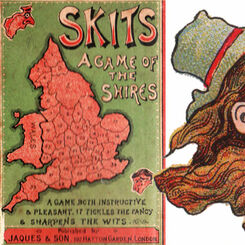
Skits
Skits, an instructive card game which sharpens the wits, c.1900.
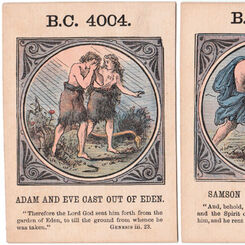
Anno Mundi
Anno Mundi: an early Jaques game described as ‘scripture recreation for the young’ with events in th...

Weights and Measures
“Weights and Measures” card game by John Jaques & Son, Ltd., c.1910, a reminder of some of our more ...
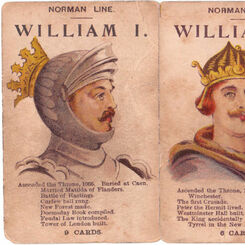
Hide & Seek with the Kings & Queens of England
Hide & Seek with the Kings & Queens of England by John Jaques & Son, c.1875.

Planes Game
The ’Planes Game published by Pepys, 1965.
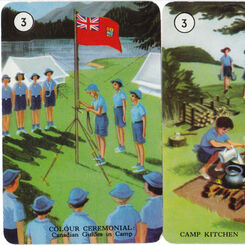
Guiding
Guiding card game published by Pepys in co-operation with the Girl Guides Association, 1958.
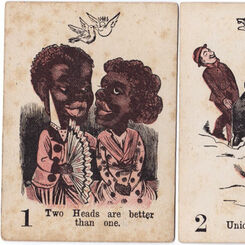
Nap
Nap card games published by Multum in Parvo Ltd, London, c.1900

Siegfried Line
“We’re Gonna Hang Out the Washing on the Siegfried Line” wartime card game made by William Sessions ...
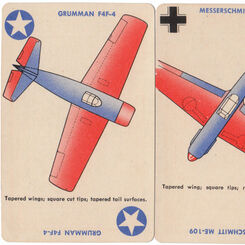
Squadron Scramble
“Squadron Scramble” card games for identifying military planes, Whitman Publishing Co., Racine, Wisc...
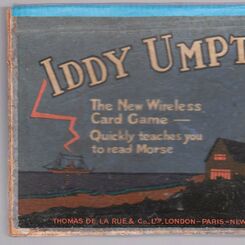
Iddy Umpty
“Iddy Umpty” card game based around learning to read the Morse Code Alphabet. by Thomas de la Rue & ...

Zoom
“Zoom” Airplane card game published by Whitman Publishing Co., Racine, USA, ©1941.

Wartime Snap
Wartime edition of Snap game by an anonymous publisher.

Snapshots
Snapshots, a Missionary Card Game depicting people from different cultural contexts engaged in their...

Panda’s Party
Panda’s Party published by Pepys Games, 1940.

Mr Chad
Anonymous ‘Mr Chad’ card game, 1940s.
Most Popular
Our top articles from the past 60 days


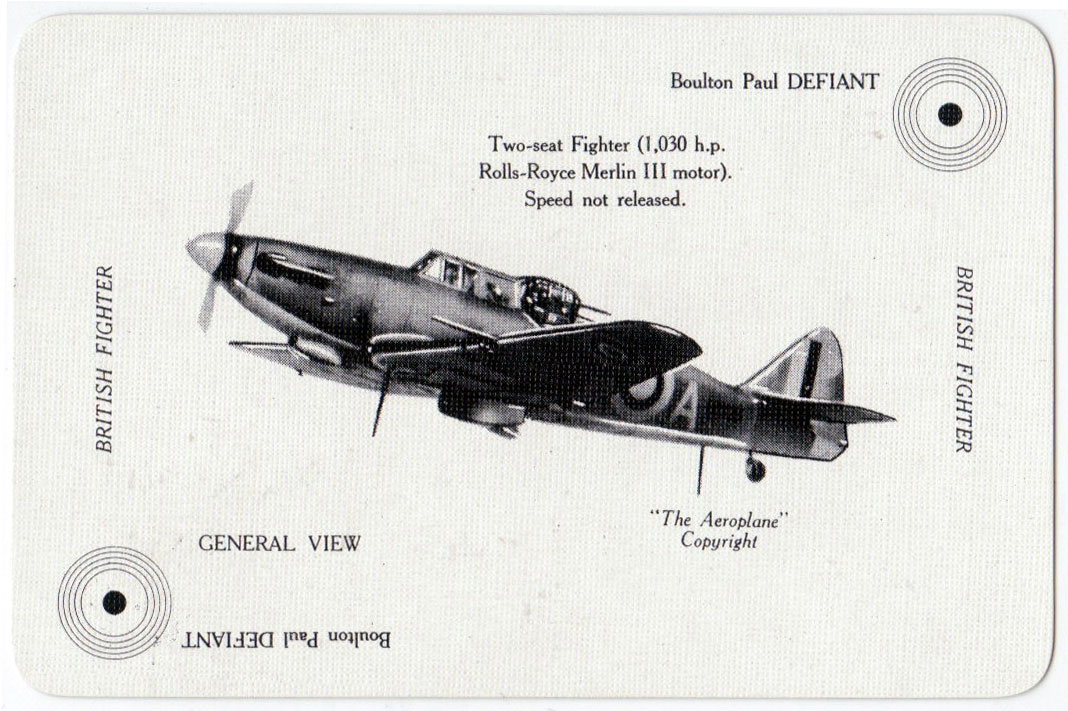
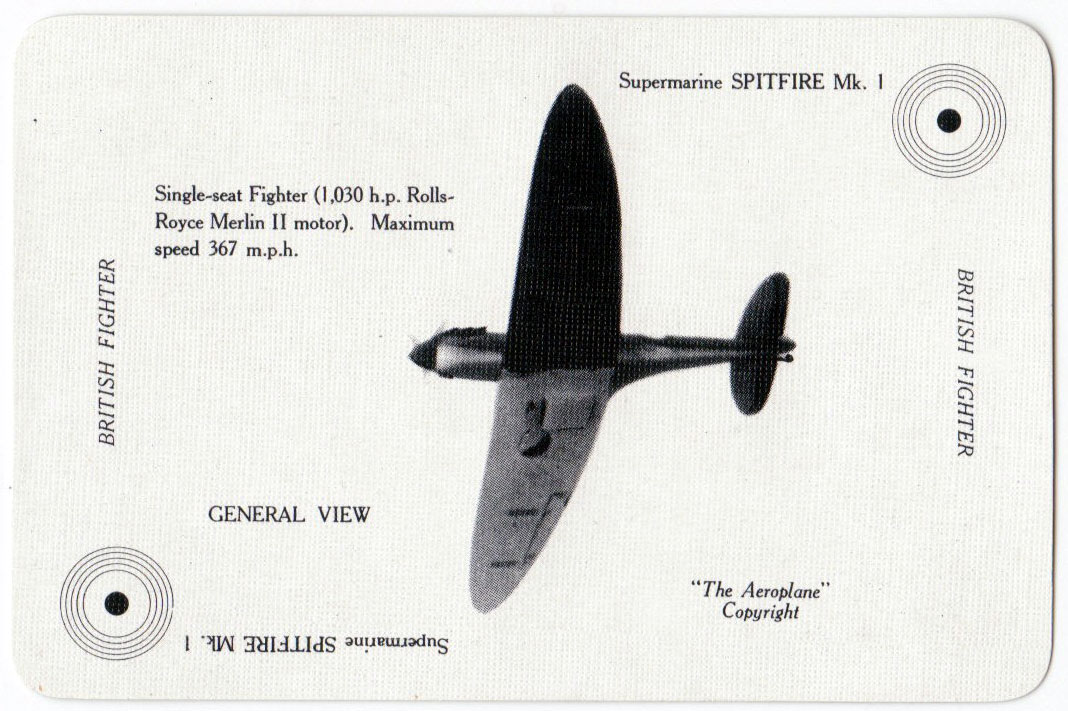
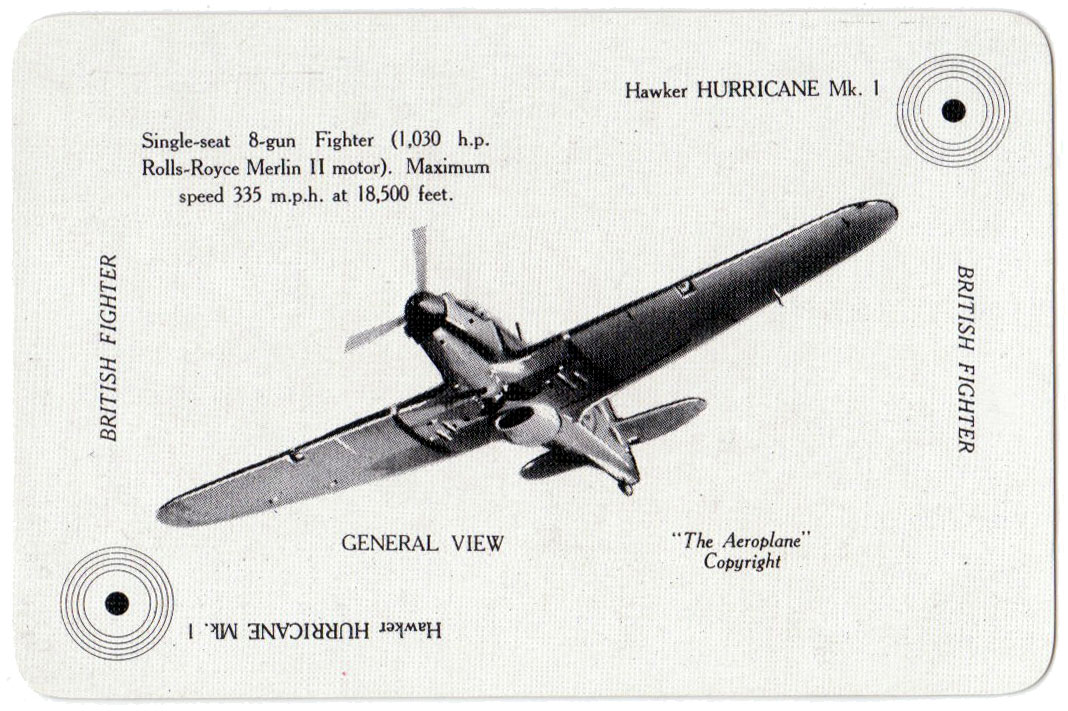
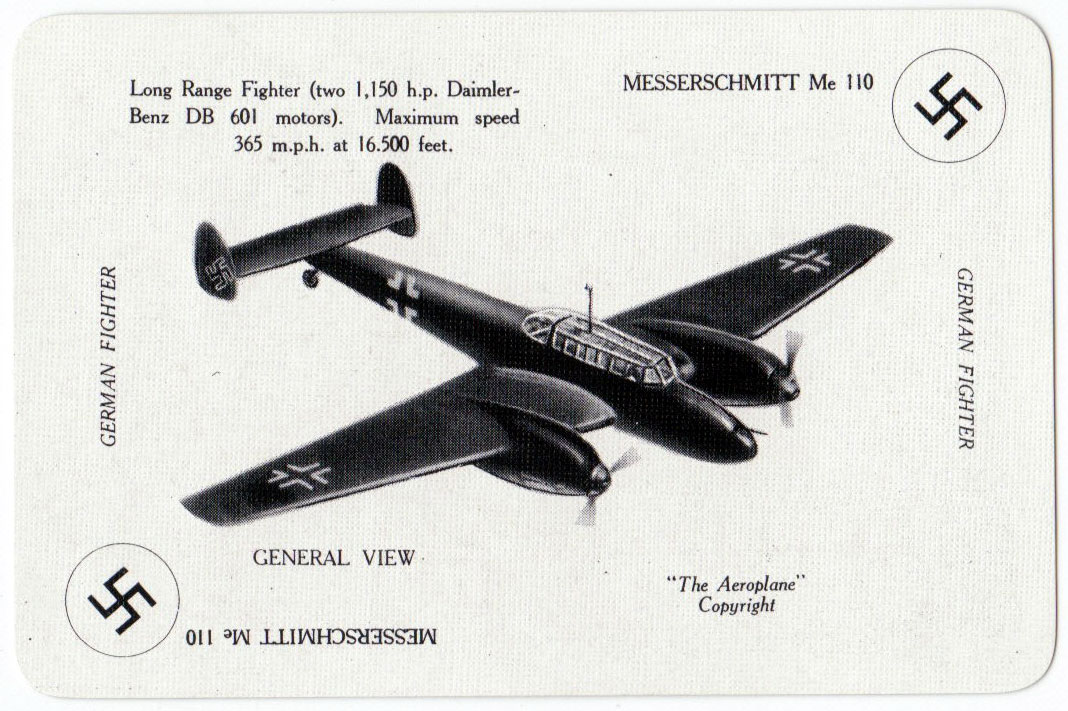

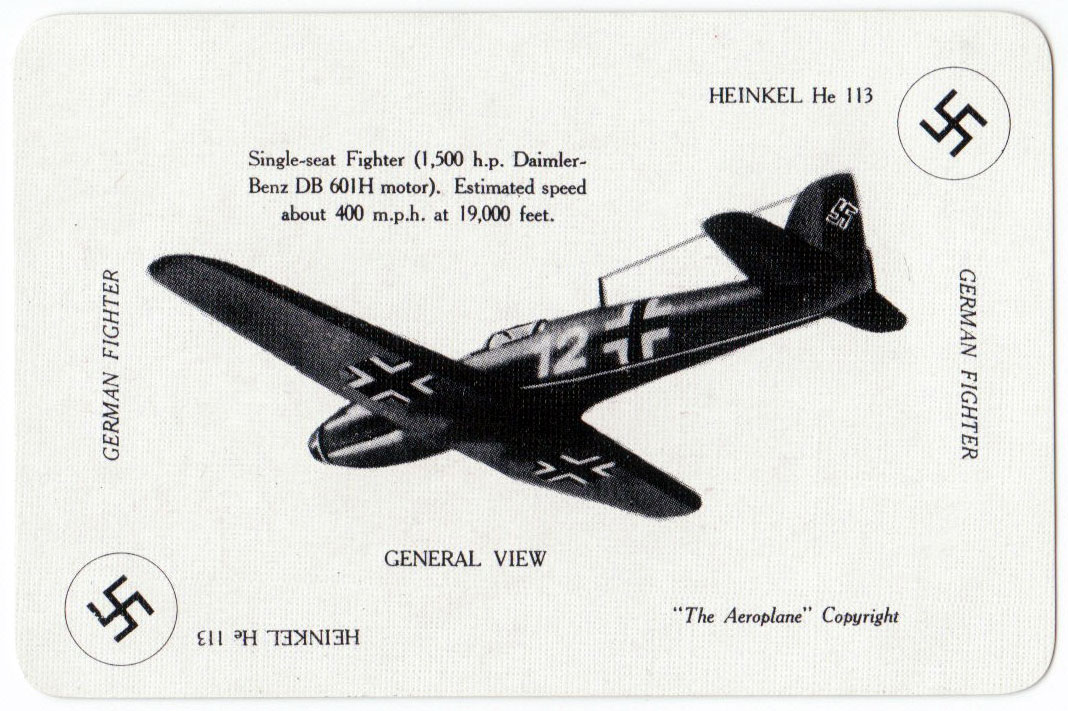



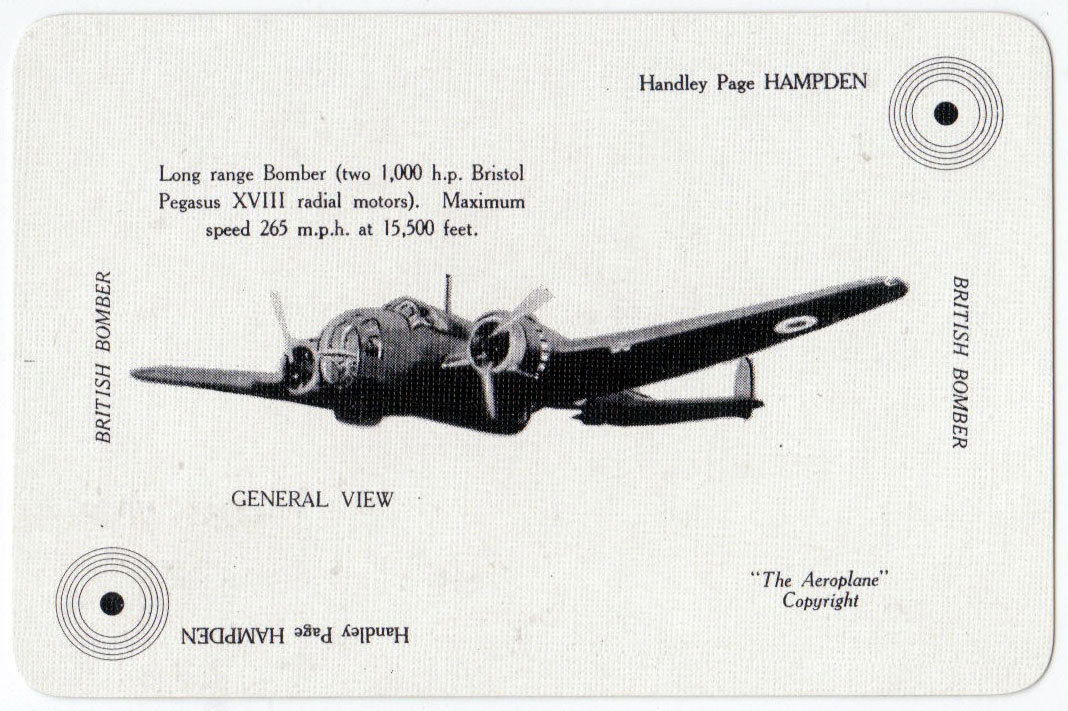
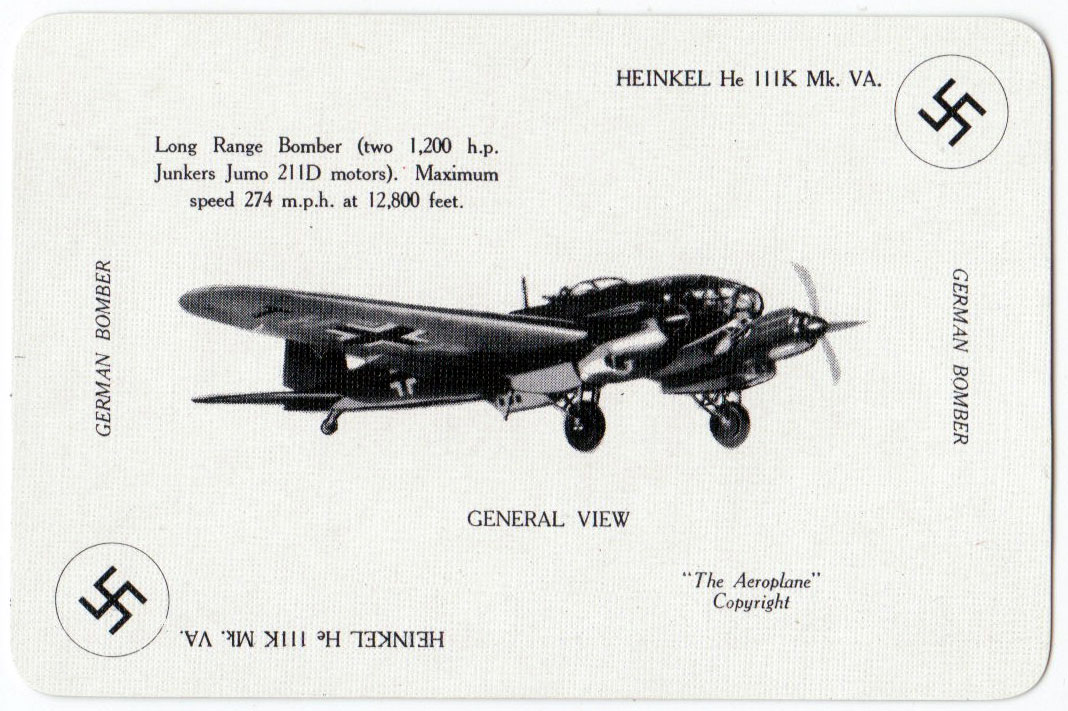


 Your comment here. Your comment here. Your comment here. Your comment here. Your comment here. Your comment here. Your comment here. Your comment here. Your comment here. Your comment here. Your comment here. Your comment here. Your comment here. Your comment here. Your comment here. Your comment here. Your comment here. Your comment here. Your comment here. Your comment here. Your comment here. Your comment here. Your comment here. Your comment here. Your comment here. Your comment here. Your comment here. Your comment here. Your comment here. Your comment here. Your comment here. Your comment here.
Your comment here. Your comment here. Your comment here. Your comment here. Your comment here. Your comment here. Your comment here. Your comment here. Your comment here. Your comment here. Your comment here. Your comment here. Your comment here. Your comment here. Your comment here. Your comment here. Your comment here. Your comment here. Your comment here. Your comment here. Your comment here. Your comment here. Your comment here. Your comment here. Your comment here. Your comment here. Your comment here. Your comment here. Your comment here. Your comment here. Your comment here. Your comment here.




















